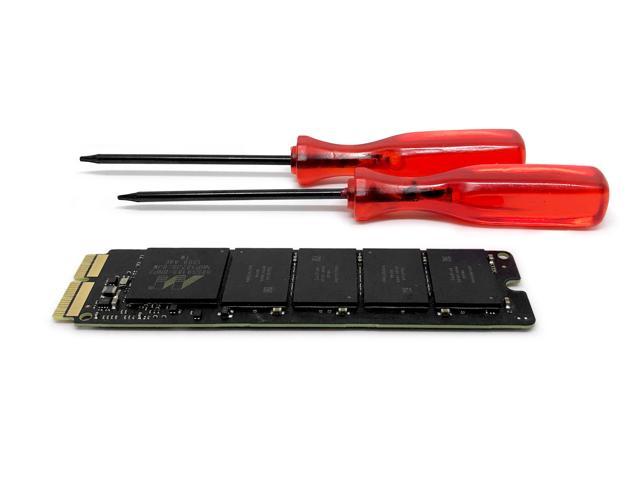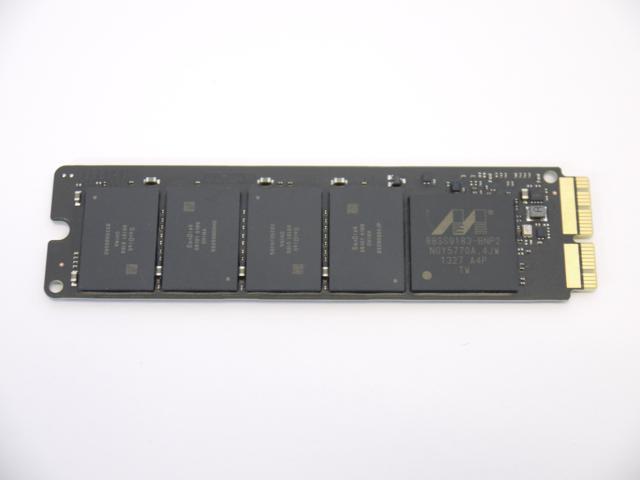

NVIDIA SHIELD controller connected wirelessly or using USB.

If one of the devices lies about its power consumption, and pulls more than expected, things will fail in strange ways. Tl dr if the devices are designed per spec and macOS enumerates them, there is no concern about power. I've seen devices that have poorly-designed inrush current limiting, which means that operational current is as specified but when they start up they pull too much current from the bus. Cheap uncertified devices might ignore this requirement and pull full power before enumeration. Usually.įurther further: a device per spec can only draw a limited amount of current before it is fully enumerated. Now you can imagine that there are products which don't get certified and they lie about current draw, and they'll still work. To pass certification, the product designer must prove they are not lying. If it can't, you will get a warning message box and the device will not be connected to the computer.įurther: this assumes that devices aren't lying about their power consumption requirements. Since the computer knows how much power each host port is providing, it knows whether it can grant the new device's request. MacOS is really good about honoring a USB device's power usage requirements.Īs part of the enumeration process, a USB device tells the host computer whether it is self-powered or bus-powered (the former meaning it has its own power supply) and how much current it pulls from the bus when operating. I figured a firmware issue could be a possibility, but it seems like he’s gotten each component working individually so I think that may be ruled out. I’m wondering if anyone has had to troubleshoot this type of thing before, and/or if anyone has any advice on a reliable extra power source type USB hub that would be compatible.

I know this is a bit of a general/ technical question for the Logic sub, but he is working with Logic, and I figure someone here may have experienced something similar. I’m a bit confused as to why he needs all 3 connected at once given that the midi controller I have works via USB straight into the computer, but I’m also perplexed from a power standpoint - I’ve run all of these things from the same model and year of computer, granted not all at once. MacBook is running Big Sur, Logic is on the most recent version compatible with that. A friend has a 2015, 15” MacBook Pro, and tells me he’s having issues supplying power to his midi controller, interface, and external hard drive all at once.


 0 kommentar(er)
0 kommentar(er)
